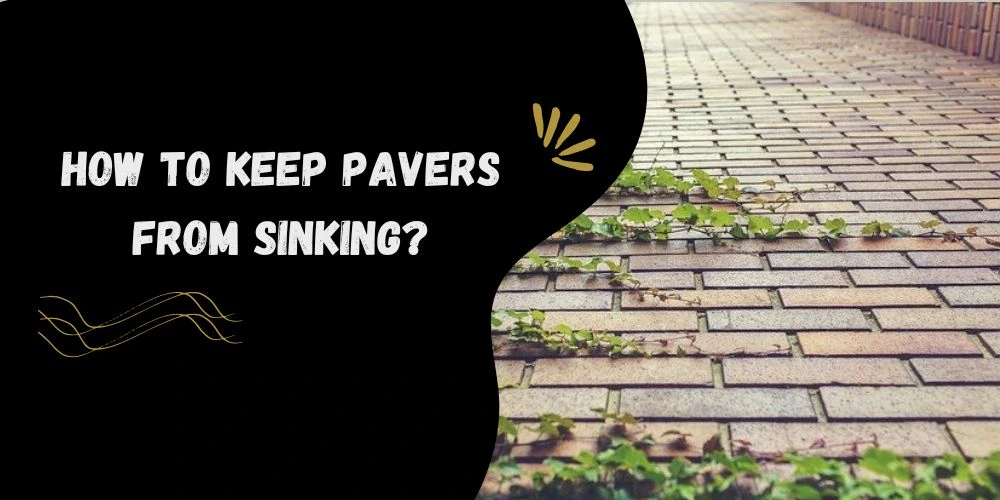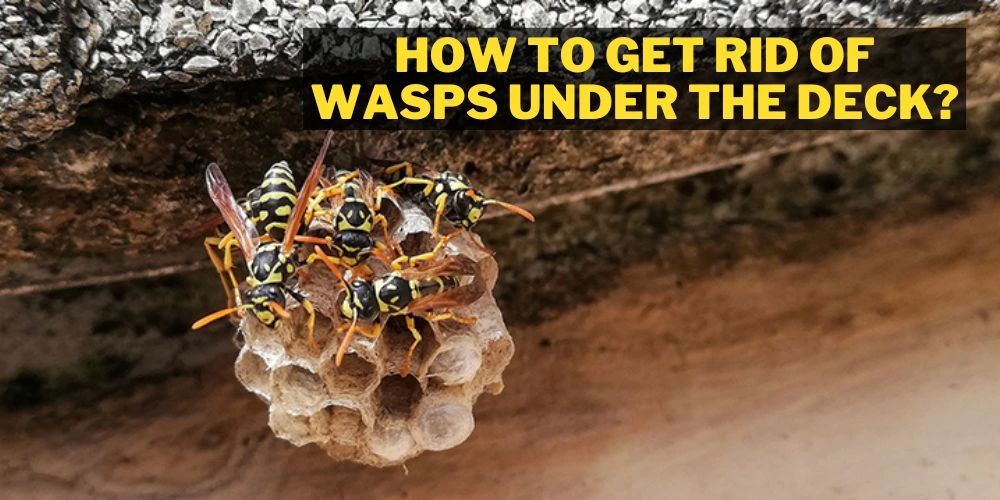Few things spruce up a landscape more than a lush, green, well-maintained lawn. But what if your lawn looks unhealthily patchy, brown, or lackluster? Did you know these visual cues could be the signs your sod is dying?
With numerous factors influencing the health of your lawn, from inadequate watering to pest invasions, a thorough understanding of the warning signs will enable you to save your sod before it’s too late. Read on to discover key symptoms that signify your sod might be on the brink of failure.
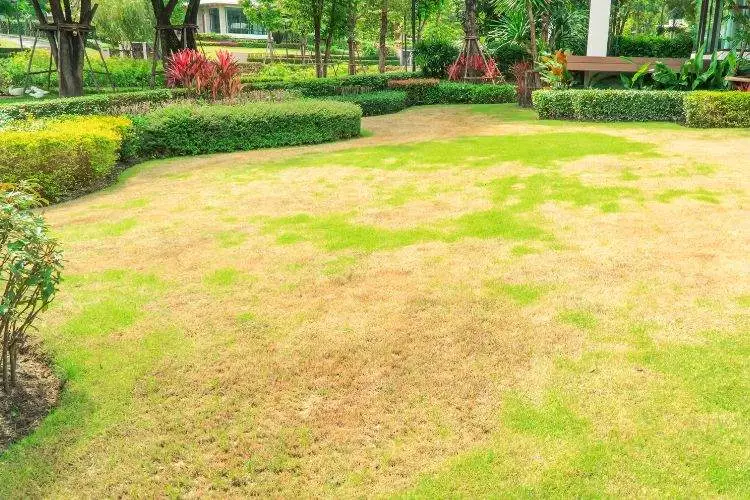
Signs your sod is dying
A thriving lawn can enhance your home’s curb appeal, but when your sod begins to die, it can turn your landscape from lively to desolate. Let’s delve into the clear signs that could indicate your sod is dying and what you could do to restore its health.
1. Color Change
A healthy lawn is vibrantly green. One of the first signs of trouble is a drastic color shift. If your sod turns a yellowish-brown or looks dull, this indicates a problem. It’s difficult to identify as seasonal changes can temporarily affect your sod’s color. However, if the color change persists, intervention is necessary.
2. Bare Patches
If you notice your lawn speckled with bare, or patchy spots, it’s a glaring sign that your sod is struggling. Lawn diseases, pests, and poor maintenance could cause this irregular thinning.
3. Weeds Overgrowth
Dominance of weeds in your lawn is another indicator. While it’s normal for a couple of weeds to pop up now and then, it’s a warning sign if they’re taking over the grassy areas. Weeds compete with grass for nutrients, space, and light, and their success suggests your sod might be losing the battle.
4. Insect Infestation
A sudden surge in insect or pest activity could weaken or kill your sod. Look for an unusual presence of insects on the surface or stuck to the blades of grass. Unchecked, pest infestation can affect plant growth, health, and lifespan.
5. Difficulty in Piercing
Healthy sod should easily allow a screwdriver or similar tools to penetrate the soil. If you’re having trouble doing this, it could mean your soil has become compacted – decisive of poor sod health. Compaction prevents roots from growing deeply, affecting water, and nutrient absorption.
6. Fungus Presence
Signs of visible fungus in your lawn clearly indicate your sod’s declining health. White, brown or yellow patches, a powdery substance over the grass blades, or areas that appear scorched could mean fungal growth, which must be addressed.
7. Installation Problems
If you’ve recently installed new sod, taking time to root is normal. However, if it doesn’t take root even after a considerable period, or displays the signs above, it’s a strong sign the sod was unhealthy at installation.
Remember, early detection is key to preventing the complete demise of your sod. Act promptly upon spotting these signs. Understanding the cause can be complex, hence, do not hesitate to seek professional lawn care advice. They can examine your lawn, identify the exact problem, and guide you towards solutions to restore its health.
Regular lawn care practices such as proper watering, mowing, feeding, and aeration further help maintain your grass’s health and prevent these issues from arising. After all, a healthy, vibrant lawn contributes significantly to the aesthetics and life of your home, so it’s worth your care and attention.
Can you revive dying sod?
Yes, you can revive dying sod by taking certain steps promptly to diagnose and deal with the underlying issues causing the problem. Here are a few detailed steps:
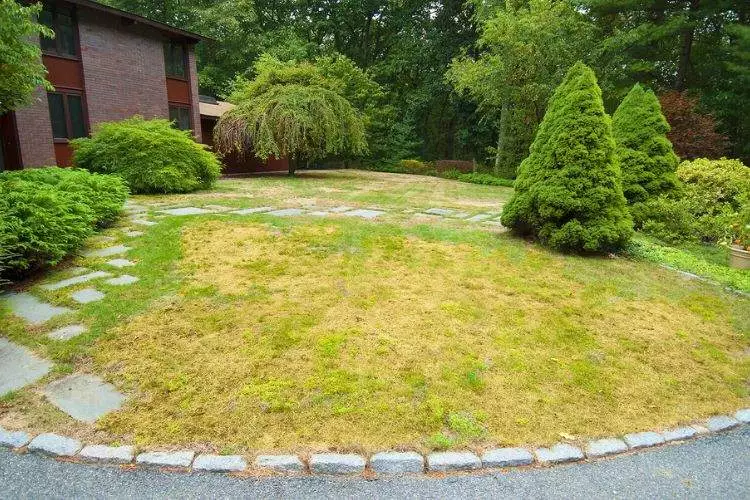
- Watering: You should first ensure that your sod is being adequately watered. A healthy lawn generally requires approximately one to one and a half inches of water per week. Underwatering can cause the grass to dry out and die, while overwatering can contribute to diseases. Water your lawn deeply and infrequently, allowing the water to soak up to six inches into the soil.
- Soil Quality: Analyzing the soil quality can often point towards deficiencies affecting your sod. A soil test can provide specific information about pH levels and nutrient availability. If your soil lacks essential nutrients, you may need to add fertilizer that caters to its specific needs.
- Pest Control: It’s critical to address any insect or pest infestations. You can identify these through visible observation or help from lawn care professionals. Once identified, apply appropriate pesticides. Always use them in recommended quantities to avoid further damage to the sod.
- Weed Control: Weeds can compete fiercely with grass for necessary nutrients, causing your sod to die. Utilize a post-emergent herbicide to kill the weeds while leaving your grass unharmed.
- Fungus Treatment: If you’ve identified a fungus is the issue, apply a fungicide treatment as soon as possible and reduce watering until the problem is under control.
- Aeration and Dethatching: If the soil is compacted or your lawn has a thatch problem, these issues can be reduced through aeration and dethatching. Aeration involves creating small holes in the soil to reduce soil compaction, while dethatching removes a buildup of dead grass and organic material that can suffocate your sod.
- Grass Cycling: Let the grass clippings lie on the lawn after mowing. Known as “grass cycling,” this practice returns nutrients to the soil, aiding overall lawn health.
- Reseeding: If large areas of your lawn are dead, you may need to consider reseeding those areas.
However, while these actions can help, they are not guaranteed to revive your sod fully. Suppose the condition doesn’t improve over time. In that case, you should consider consulting with a professional or even replacing the dead sod with new, healthy sod, to ensure an attractive and healthy lawn.
If your sod is turning brown here’s the solution: Sod Is Turning Brown
How long does it take for dead sod to come back?
The recovery timeline for dead or dying sod largely depends on the current health of the sod, the underlying reason causing the damage, and the measures taken to rectify it. Following are some general time frames on how long it might take for sod to recover:
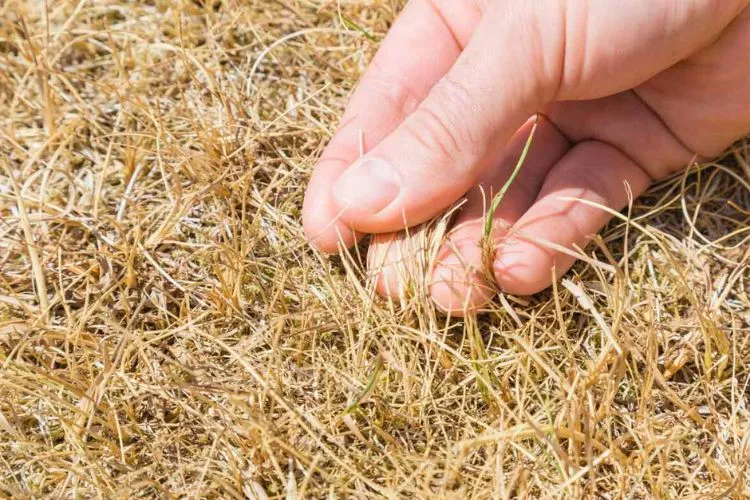
- Water Issues: If the sod is browning due to over- or under-watering, you could start seeing improvements in about two weeks once the watering schedule is corrected.
- Pest or Disease: Dealing with pests or diseases could take a longer recovery time. Depending on the extent of the infestation or disease, recovery could take anywhere from a few weeks to a few months after starting a pest management or disease control routine.
- Nutrient Deficiency: If nutrient deficiency is the problem, once the appropriate fertilizer is applied and the watering schedule is corrected, you may see improvements in the color and thickness of the grass in about 2-4 weeks.
- Aeration and Dethatching: After aeration or dethatching has been carried out, assuming optimal watering and reseeding (if necessary), results can be seen in 2-6 weeks.
- Reseeding: If the sod is dead and reseeding is necessary, germination usually occurs within 1-3 weeks, with another 4-8 weeks or longer until the new grass is mature enough to be mowed.
It’s critical to understand that these timeframes are estimations and can vary significantly based on many variables, including the specific type of grass, the climate, soil condition, and overall lawn care practices. During any recovery process, the sod should be monitored carefully to avoid further damage. If there are no signs of improvement over time, a professional consultation might be needed to reassess the situation.
If you are thinking about laying sod over gravel: Can You Lay Sod Over Gravel?
frequently asked questions (FAQs)
Will sod come back after turning brown?
Yes, brown sod can come back to life, but the success of its revival hinges on the cause of its browning. If it’s due to temporary issues like heat stress or lack of water, the sod can recover once those conditions are addressed. However, if the browning is due to more severe problems like disease, pests, or nutrient deficiency, restoring its health may take longer and more effort. Early detection of the issue is crucial for effective recovery.
What does overwatering sod look like?
Overwatered sod often appears soaked and soggy. The lawn might feel soft, squishy underfoot, even many hours after watering. You may also start noticing yellowing or browning of the grass, wilting blades, or a general lackluster appearance. This could be accompanied by increased diseases or fungus, as overly moist conditions are a breeding ground for many pathogens.
Will yellow sod turn green again?
Yes, yellow sod can turn green again if the underlying cause of the yellowing is correctly identified and resolved. Yellowing could be due to various reasons such as overwatering, underwatering, nutrient deficiencies, disease, or pests. By addressing these issues – adjusting watering schedules, applying appropriate fertilizers, or initiating pest control measures – your sod can regain its vibrant green color.
Is sod hard to keep alive?
Keeping sod alive does require regular maintenance, but it’s not exceptionally hard if you follow correct care practices. This involves appropriate watering (neither too much nor too little), regular mowing to an optimal height, fertilization based on soil health, preventing and addressing disease or pest infestations promptly, and carrying out aeration or dethatching if required. In other words, with consistent and proper care, even a novice gardener can keep sod alive and thriving.
Conclusion:
In conclusion, the appearance and well-being of your sod are important for your home’s overall aesthetics and value. Being vigilant and recognizing the signs of dying sod, such as color change, bare patches, weeds, pest infestation, and soil compaction, is key for early intervention.
Addressing these issues promptly can prevent the complete demise of your sod and save valuable time and resources. Regular maintenance and, if required, professional help will aid in restoring and maintaining the health and beauty of your lawn.

